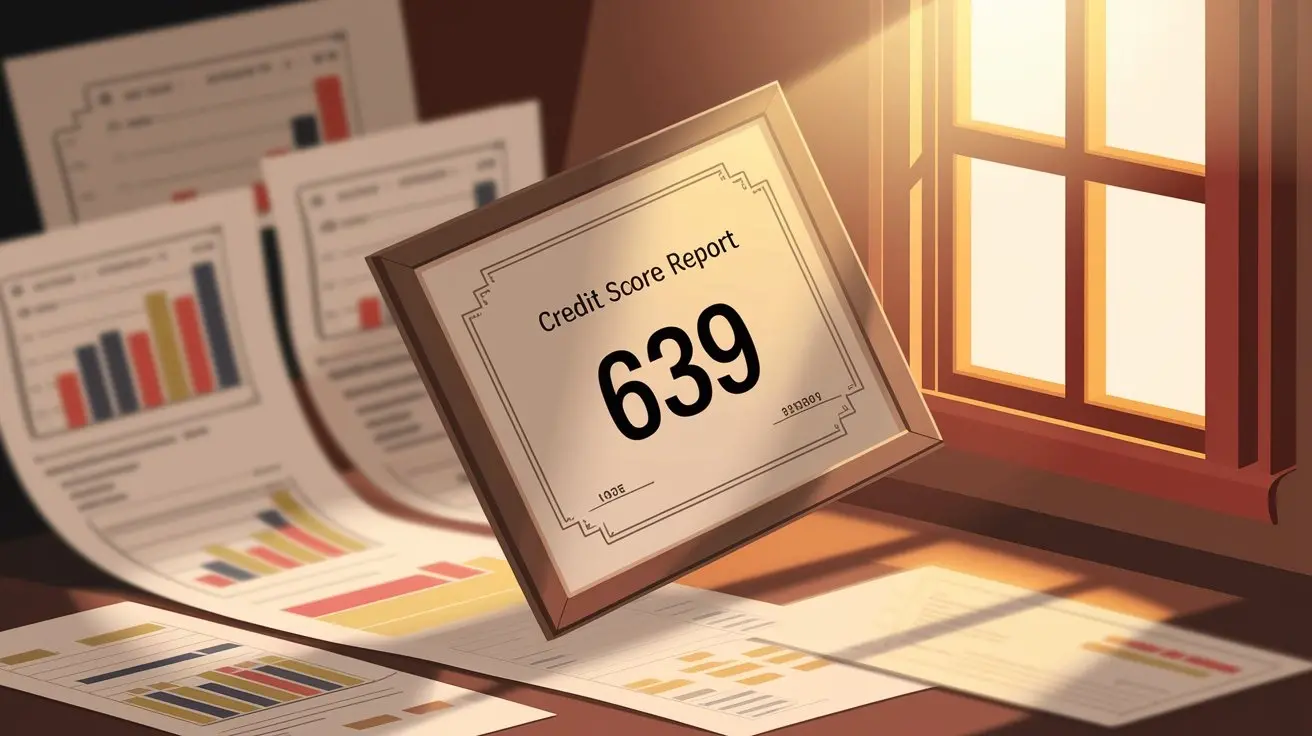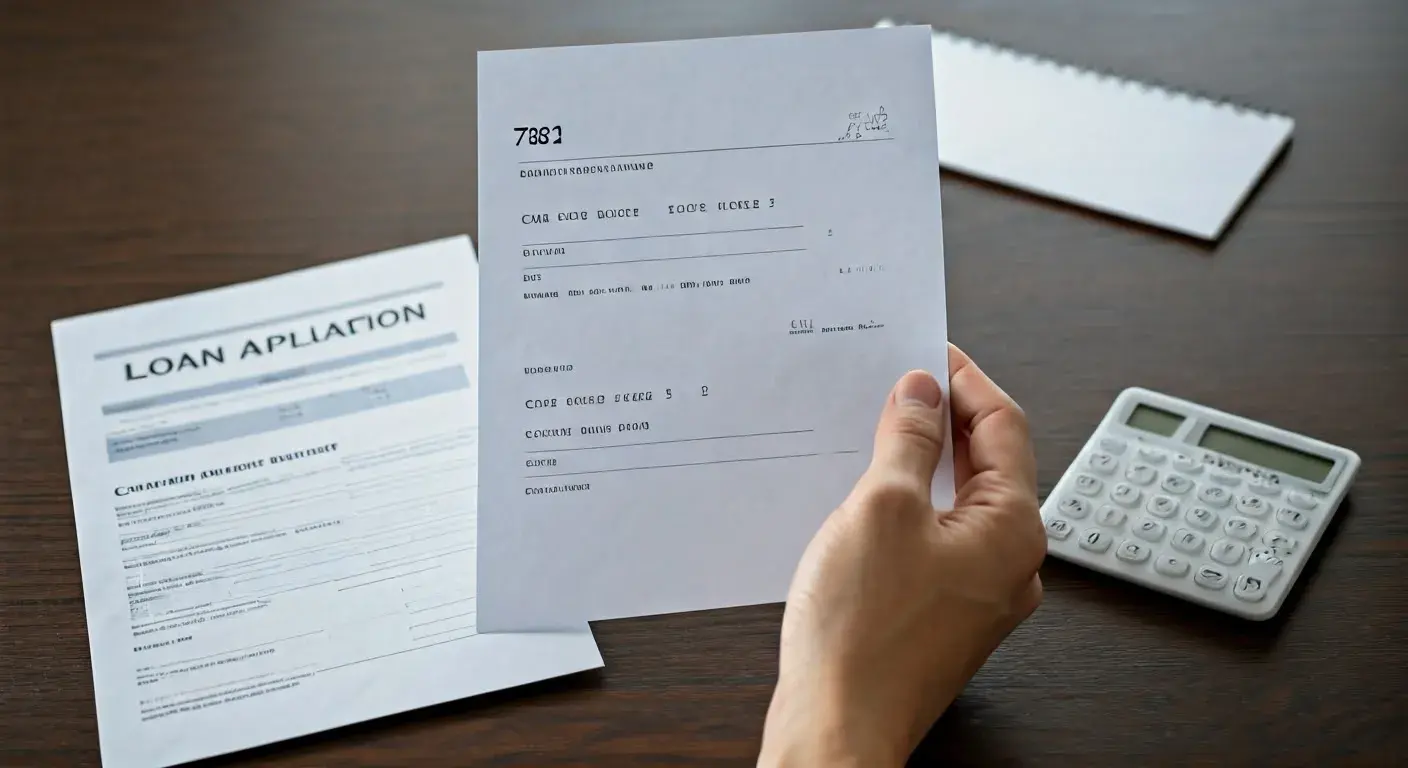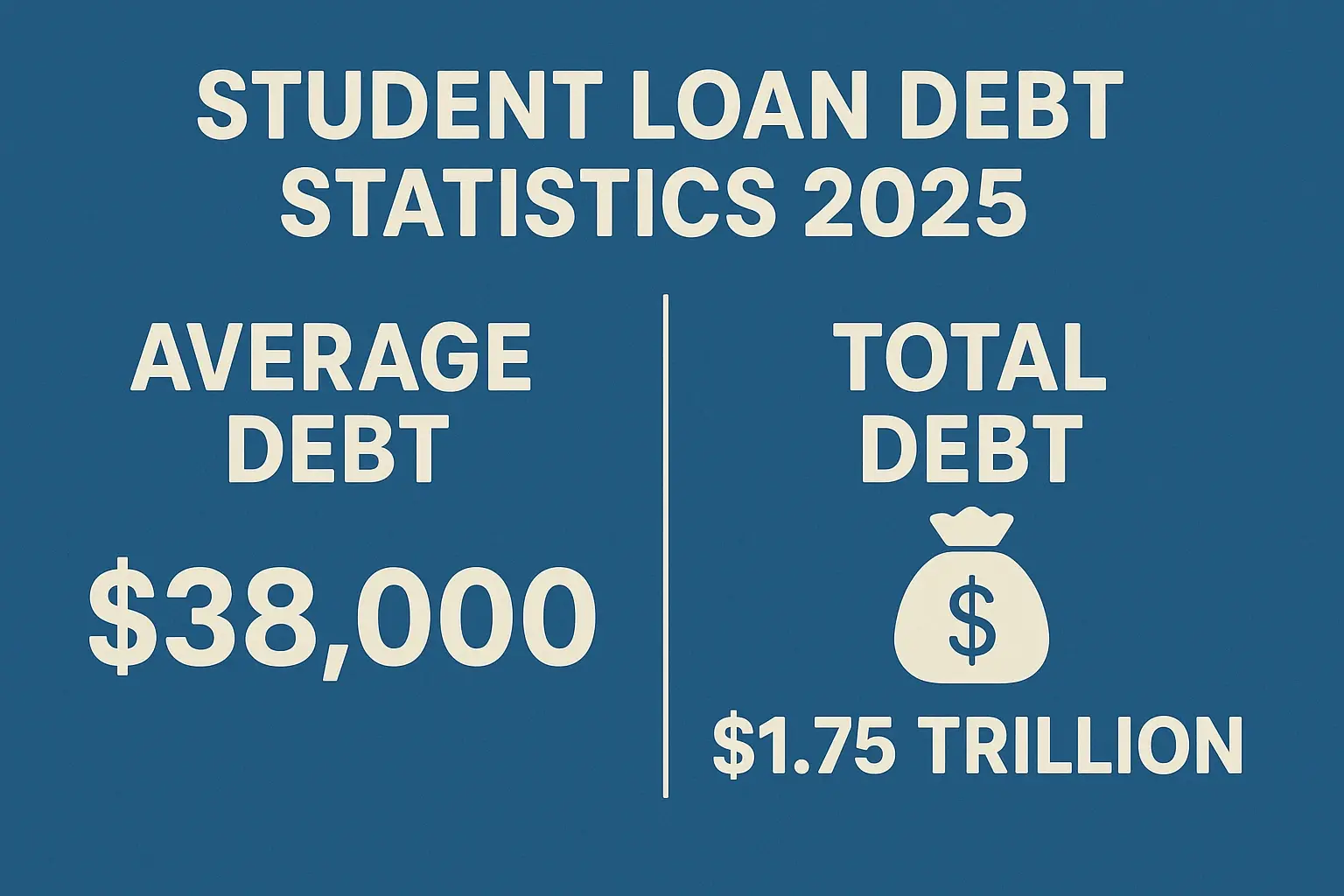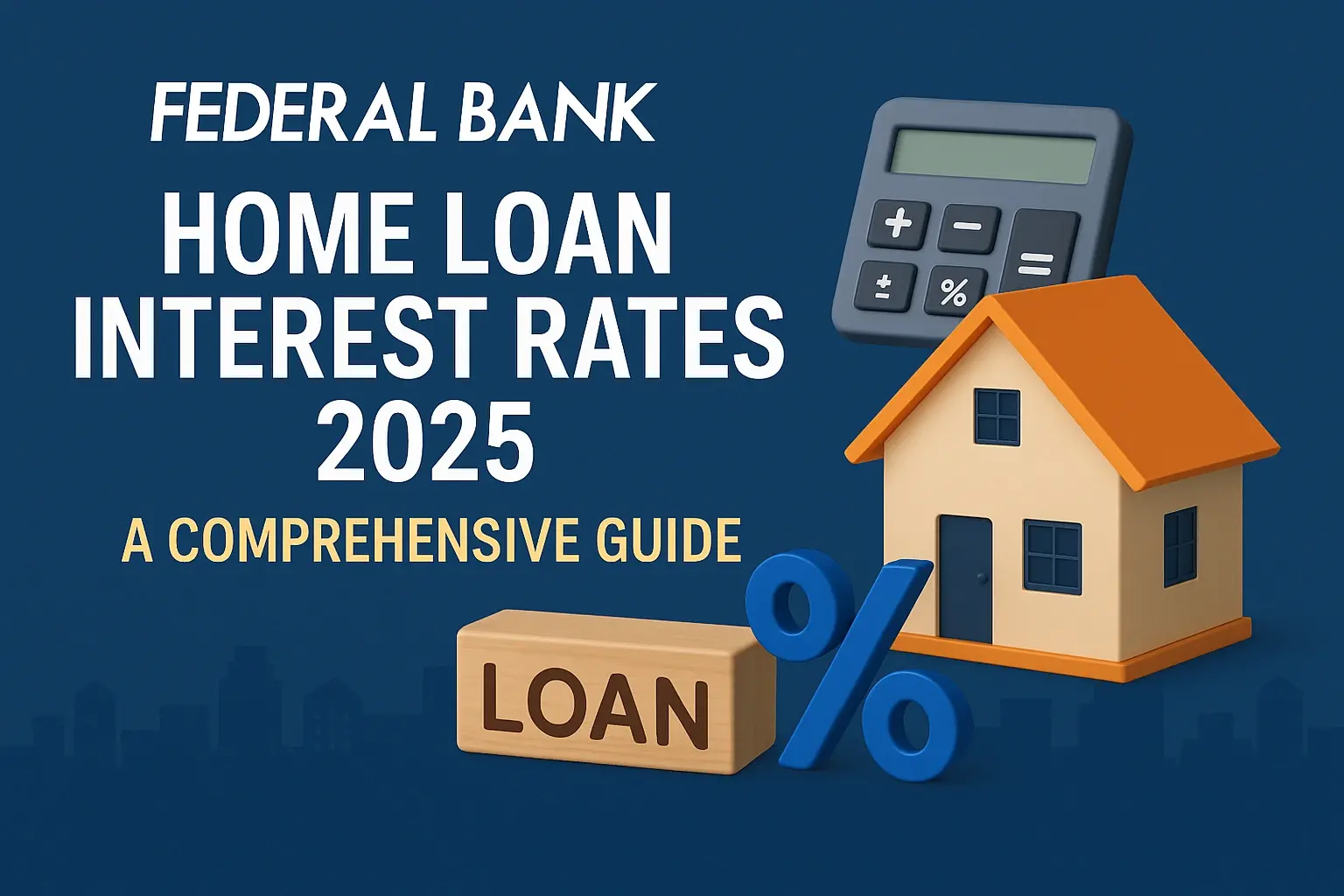-
Posted on: 13 Jul 2024
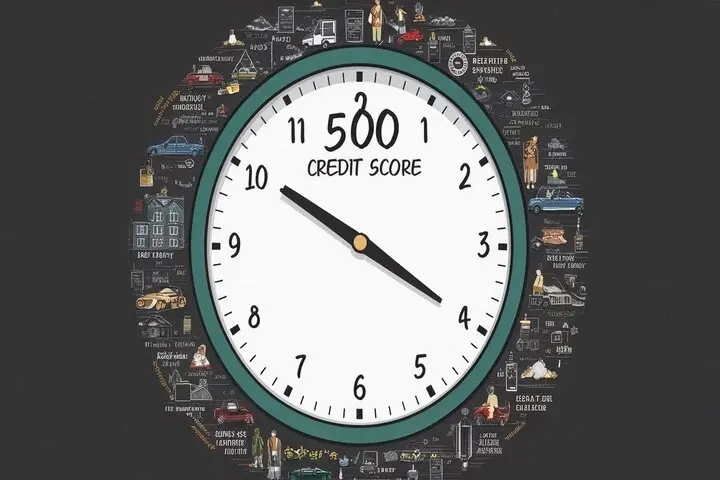
-
Having a credit score around 500 can be challenging. It often restricts access to loans, credit cards, and even rental opportunities. The good news is, a 500 credit score isn't a life sentence. With the right strategies and dedication, you can improve your creditworthiness. However, patience is key. Understanding the timeline for recovery is crucial for managing expectations and staying motivated.
Understanding the Impact of a 500 Credit Score
Before diving into the recovery process, it’s essential to understand the limitations and disadvantages associated with a credit score in the 500 range. This score is generally considered "very poor" and signifies a high risk to lenders.
Consequences of a Low Credit Score:
- Difficulty Obtaining Credit: Getting approved for loans (auto, personal, mortgage) or credit cards becomes significantly harder.
- High Interest Rates: Even if approved, expect sky-high interest rates, costing you significantly more over the loan term.
- Higher Insurance Premiums: Some insurers use credit scores to determine premiums, resulting in higher costs for you.
- Rental Application Rejection: Landlords often check credit scores, and a low score can lead to denial of your application.
- Difficulty Securing Utilities: Utility companies may require large deposits or deny service altogether.
- Employment Challenges: Some employers, particularly in finance and government sectors, conduct credit checks. A low score can hinder your job prospects.
Factors Influencing Your Credit Repair Timeline
There's no one-size-fits-all answer to how long it will take to fix a 500 credit score. Several factors determine the length of your journey:
1. The Severity and Nature of Negative Marks
The types of negative items on your credit report significantly impact the timeline. For instance:
- Late Payments: Frequent or recent late payments are damaging. The more recent, the more detrimental.
- Collections Accounts: Unpaid debts sent to collection agencies severely lower your score.
- Charge-Offs: When a lender writes off a debt due to non-payment, it's a major negative mark.
- Bankruptcies: These remain on your report for 7-10 years and have a significant negative impact.
- Foreclosures: Similar to bankruptcies, foreclosures remain on your report for 7 years.
- Tax Liens: Unpaid tax liens can also damage your credit.
The more severe and numerous these negative items are, the longer it will take to repair your credit.
2. Your Consistency in Implementing Credit-Building Strategies
Rebuilding credit is an active process. Consistently implementing positive financial habits is crucial:
- Making On-Time Payments: This is the most important factor. Consistently paying all bills on time, every time, is paramount.
- Keeping Credit Utilization Low: Aim to use less than 30% of your available credit on each credit card. Ideally, keep it below 10%.
- Avoiding New Debt: Focus on paying down existing debt rather than accumulating more.
- Regularly Monitoring Your Credit Report: Check your credit report from all three major bureaus (Equifax, Experian, TransUnion) for errors and inaccuracies. You can get a free report from each bureau annually at AnnualCreditReport.com.
Inconsistent efforts will lead to slower progress.
3. Your Credit History Length
A longer credit history generally leads to a faster recovery. Lenders prefer to see a proven track record of responsible credit management. If you have a thin credit file (short history), it may take longer to demonstrate creditworthiness.
4. Dispute Resolution Effectiveness
If you identify errors or inaccuracies on your credit report, disputing them with the credit bureaus can lead to their removal. The effectiveness of your dispute process directly impacts the speed of your credit repair.
5. Use of Credit-Building Products
Judicious use of credit-building products can help. These might include:
- Secured Credit Cards: These require a cash deposit as collateral and are easier to obtain with bad credit. They report to the credit bureaus, helping you build a positive payment history.
- Credit-Builder Loans: These loans are designed to help people with little or no credit history establish credit. You make regular payments, and the lender reports your payment activity to the credit bureaus.
- Authorized User Status: Becoming an authorized user on someone else's credit card (with their permission and responsible usage) can boost your credit score. However, ensure the primary cardholder has a strong credit history and makes on-time payments.
Realistic Timelines for Rebuilding Credit from 500
Now, let's get to the crucial question: how long will it realistically take?
Short-Term (6-12 Months): Moderate Improvement
With consistent effort, you can expect to see some improvement within 6-12 months. This timeline assumes:
- You start making all payments on time immediately.
- You keep your credit utilization low.
- You address any easily fixable errors on your credit report.
- You may start using a secured credit card or credit-builder loan.
Expected Outcome: You might see your score increase by 20-50 points, potentially moving closer to the "fair" credit range (580-669). This might make it easier to qualify for some basic financial products with slightly better terms.
Mid-Term (1-2 Years): Significant Progress
Over 1-2 years, you can achieve more substantial progress, especially if you:
- Maintain consistent on-time payments.
- Continue keeping credit utilization low.
- Successfully dispute inaccurate information on your credit report.
- Establish a solid track record with a secured credit card or credit-builder loan.
- Avoid accumulating new debt.
Expected Outcome: Your score could increase by 50-150 points, potentially reaching the "fair" to "good" range (670-739). This would open up more borrowing opportunities with better interest rates.
Long-Term (2-5 Years): Substantial Recovery
To reach a "good" or "excellent" credit score (740+), it often takes 2-5 years of consistent effort. This requires:
- Maintaining impeccable payment history over an extended period.
- Keeping credit utilization consistently low.
- Actively managing and monitoring your credit report.
- Diversifying your credit mix (e.g., installment loans, credit cards).
- Allowing older negative marks to fade over time.
Expected Outcome: You could see your score climb significantly, granting you access to the best interest rates and financial products. Remember that the impact of negative marks lessens over time, provided you maintain positive credit habits.
Key Strategies for Fixing a 500 Credit Score
Here’s a breakdown of the most effective strategies for rebuilding your credit:
1. Pay All Bills On Time, Every Time
This is non-negotiable. Set up automatic payments or reminders to ensure you never miss a due date. Even a single late payment can set you back.
2. Reduce Credit Card Balances and Keep Utilization Low
Focus on paying down your credit card balances to below 30% of your credit limit. Ideally, aim for below 10%. Consider using the debt snowball or debt avalanche method to prioritize debt repayment.
3. Dispute Inaccurate Information on Your Credit Report
Obtain your credit reports from Equifax, Experian, and TransUnion. Carefully review each report for errors, inaccuracies, or outdated information. Dispute any incorrect items with the respective credit bureau. The credit bureau is required to investigate and remove any verifiable inaccuracies.
4. Consider a Secured Credit Card
Secured credit cards are designed for people with bad credit. You provide a cash deposit as collateral, which serves as your credit limit. Use the card responsibly, make on-time payments, and your positive payment history will be reported to the credit bureaus.
5. Explore Credit-Builder Loans
Credit-builder loans are another option for establishing credit. You make regular payments, and the lender reports your payment activity to the credit bureaus. These loans often come with low interest rates and are designed to help you build credit without accumulating significant debt.
6. Become an Authorized User on a Responsible Cardholder's Account
If you have a friend or family member with a long history of responsible credit card use, ask if they would be willing to add you as an authorized user on their account. Their positive payment history will be reflected on your credit report, boosting your score. However, ensure the primary cardholder is responsible, as their negative actions can negatively impact your credit as well.
7. Avoid Applying for Multiple Credit Accounts at Once
Each credit application triggers a hard inquiry on your credit report, which can slightly lower your score. Avoid applying for multiple credit accounts in a short period.
8. Be Patient and Persistent
Rebuilding credit is a marathon, not a sprint. Don't get discouraged if you don't see results immediately. Stay consistent with your credit-building efforts, and over time, you will see improvement.
When to Seek Professional Help
While many people can improve their credit on their own, there are situations where seeking professional help from a reputable credit repair company might be beneficial:
- You are overwhelmed and unsure where to start.
- You have complex credit issues, such as bankruptcies or foreclosures.
- You have difficulty disputing inaccurate information on your own.
- You want personalized guidance and support.
Important Note: Be wary of credit repair companies that make unrealistic promises or charge upfront fees. A legitimate credit repair company will only charge fees after providing services and will never guarantee specific results.




